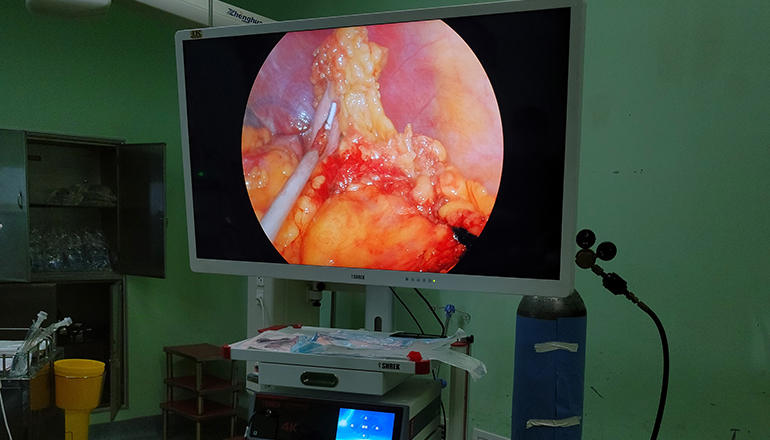- Shanghai, China
- [email protected]
- +86-21-58189111
Minimally invasive surgery (MIS), also known as laparoscopic or keyhole surgery, has been widely used in China since the 1990s. The history of MIS in China dates back to the early 1980s when the first laparoscopic cholecystectomy (removal of the gallbladder) was performed in Shanghai. However, due to the lack of medical technology and surgical instruments, the application of MIS in China was limited in the early stages.
In the late 1980s, with the development of medical technology, Chinese surgeons began to use laparoscopic surgery to treat various diseases, including gastrointestinal diseases, gynecological diseases, and urological diseases. In 1989, the first laparoscopic surgery for gastric cancer was performed in Beijing. This marked a major breakthrough in the application of MIS in China.
In the 1990s, MIS developed rapidly in China. In 1991, the first laparoscopic surgery for liver cancer was performed in Shanghai. In 1992, the first laparoscopic surgery for colorectal cancer was performed in Beijing. In 1994, the first laparoscopic surgery for pancreatic cancer was performed in Shanghai.
The successful application of MIS in the treatment of various diseases in China has greatly improved the quality of life of patients. MIS has the advantages of less bleeding, less pain, smaller incisions, faster recovery, and fewer complications than traditional open surgery. The development of MIS in China has also contributed to the advancement of medical technology and surgical techniques.
In recent years, with the development of robotic technology, robotic-assisted laparoscopic surgery has been widely used in China. In 2003, the first robotic-assisted laparoscopic surgery for prostate cancer was performed in Beijing. In 2011, the first robotic-assisted laparoscopic surgery for rectal cancer was performed in Shanghai.

In conclusion, the history of MIS in China has experienced a rapid development in the past few decades. The successful application of MIS in the treatment of various diseases has greatly improved the quality of life of patients. MIS has become an important part of modern surgical practice in China and will continue to develop with the advancement of medical technology.
Despite the success of MIS in China, there are still some challenges that need to be addressed. One of the main challenges is the lack of trained surgeons and medical staff who are skilled in MIS. The training and education of MIS require a significant amount of resources, and it is essential to train more surgeons to perform MIS surgeries in China.
Another challenge is the cost of MIS procedures, which can be more expensive than traditional open surgery. However, with the advancement of technology and the increase in the number of trained surgeons, the cost of MIS may decrease in the future.
Overall, the history of MIS in China has been marked by significant achievements and advancements. The successful application of MIS has improved patient outcomes and contributed to the development of medical technology and surgical techniques. With the increasing demand for MIS and the continuous advancement of technology, the future of MIS in China looks bright.
Leave a Comments